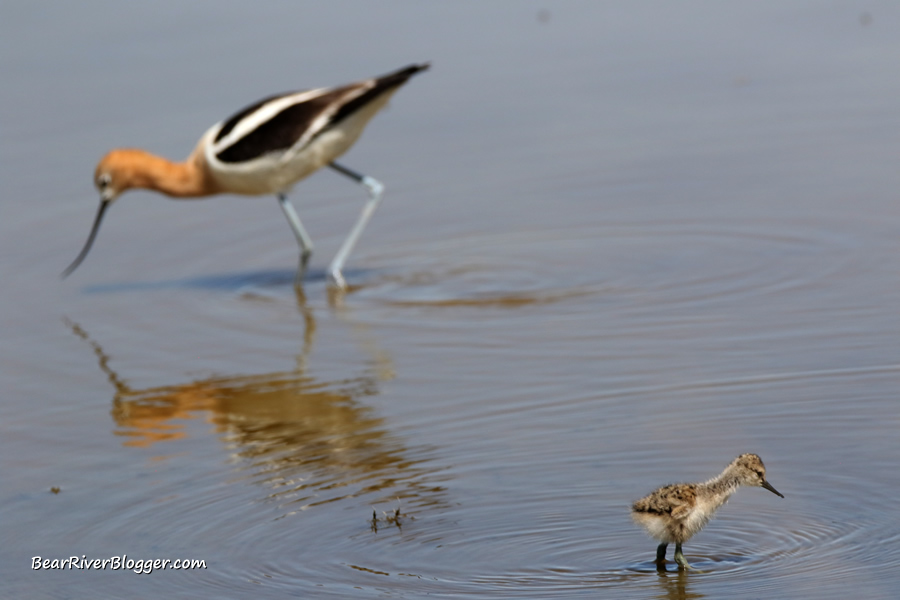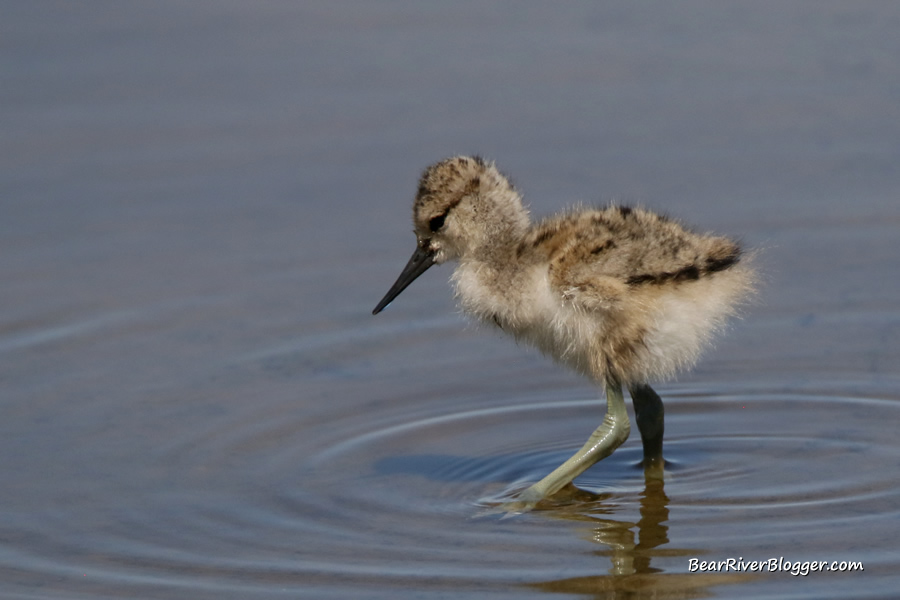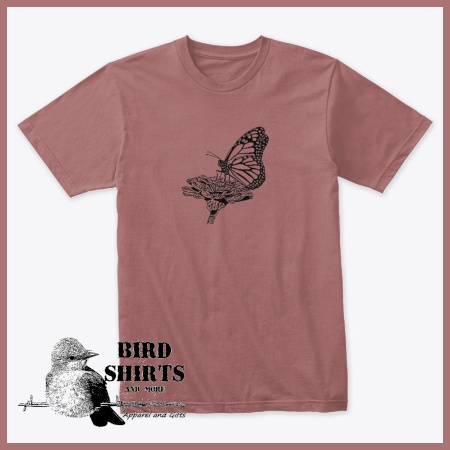One of the seasonal highlights of summer birdwatching on the Bear River Migratory Bird Refuge auto tour route has to be the opportunity to see the annual offering of new life on the refuge, namely the sight of baby birds.
Yesterday, I took a drive around the auto loop and was privy to find numerous baby birds, including American avocets, pied-billed grebes, and American coots in various locations on my drive.
Western and Clark’s grebe adults were seen on nests on my drive around the bird refuge so their chicks riding on the adult’s backs will be here shortly as well.
June and July are the best months to find baby birds on the Bear River Migratory Bird Refuge and yesterday was no exception.
My initial intent to visit the bird refuge yesterday was to find the green heron that has recently been spotted on the auto tour route.
From what I know about Green herons, they are quite uncommon to be spotted on the Bear River Migratory Bird Refuge but a few sightings have occurred during the summer months in past years.
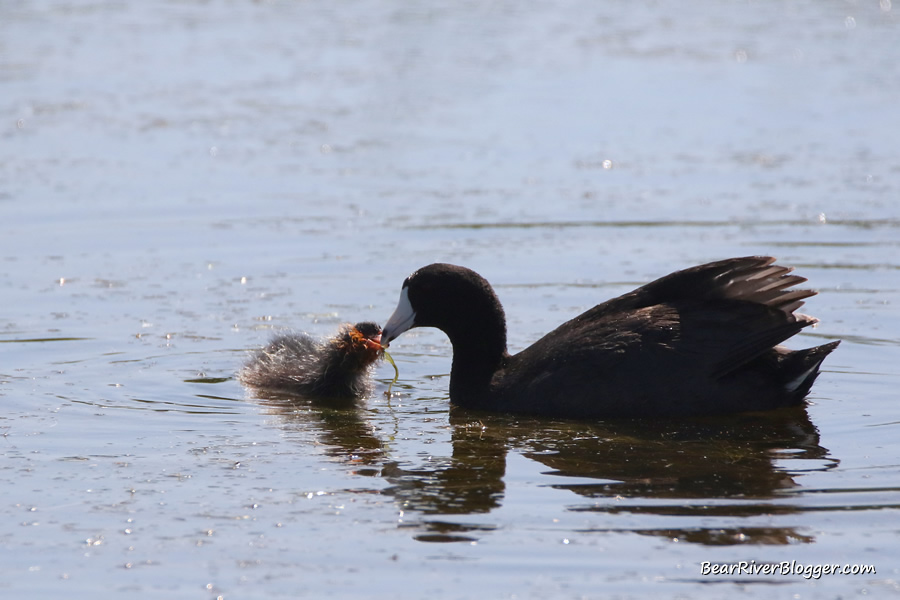
I personally have only seen one in all my years of birdwatching and photographing on the preserve and that was almost 10 years ago or so.
But my failure in finding the green heron was soon forgotten about when a newly hatched American avocet chick was spotted resting next to one of its parents just a few short yards from my vehicle.

American avocets come to the Bear River Migratory Bird Refuge each summer to breed and June and July avocet chicks can be found by the observant birder that slowly and patiently drives around the auto loop.
American avocet chicks are extremely small so in order to find them, concentrate in areas where the water is very shallow with short, sparse vegetation.
Search for the adults first and when you locate a pair of American avocets, start searching nearby for chicks.
Typically, the avocet chicks won’t be too far away so slowly scan the nearby water and vegetation if you find a pair of avocets that seem very content with their location, that might mean they have a chick somewhere nearby.

But American avocet chicks weren’t the only baby birds I was fortunate to find on the refuge yesterday, on the western portion of the auto tour route I spotted pied-billed grebe and American coot chicks sitting further out in the deeper water but still close enough to view and photograph.
Many people ask me when is the best time and where is the best location to find the baby grebes riding on their parent’s backs and late June, July, and early August are the best months to find both the Clark’s and western grebe chicks with their parents.
To find Western and Clark’s grebe chicks on the Bear River Migratory Bird Refuge, I suggest focusing on both the southern portion of the auto tour route with the more open water and along the East portion of the auto loop, mainly in the canal that parallels the gravel road on the west side.
Those are the two areas I most commonly find grebes with their chicks either nearby or on their parent’s backs.
Finding chicks on the refuge is never a guarantee but by driving slowly and watching for the adults, then stopping and scanning nearby areas for chicks, a patient and persistent birder can up their odds quite a bit in having success.
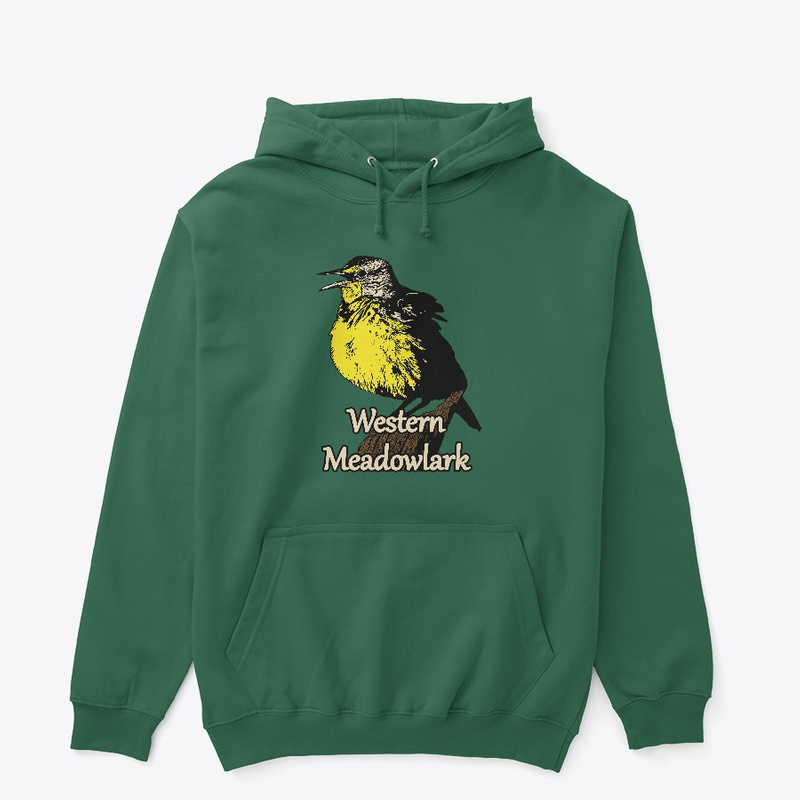
Early summer is when those nests are hatching and the baby birds are found on the auto tour route.
The most common baby birds to be seen on the Bear River Migratory Bird Refuge are Canada geese, ducks, American avocets, pied-billed grebes, and American coots but I have seen other chicks as well over the years, with the most notable being sandhill crane colts on several occasions.
If birdwatching is your thing like it is mine, I offer you to head on over to our subscribe page and sign up for email notifications for future blog posts.
(Singing Marsh Wren. For short nature clips like this one and interesting stories about the natural world around us, check out our Bear River Blogger channel on YouTube for videos and updates from our travels while out in nature.)
